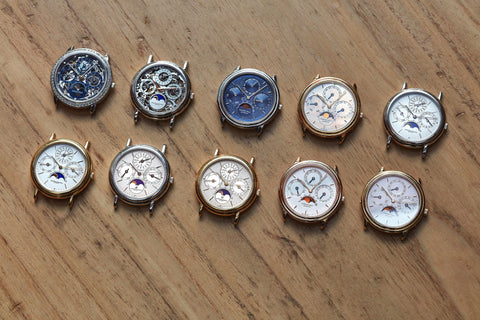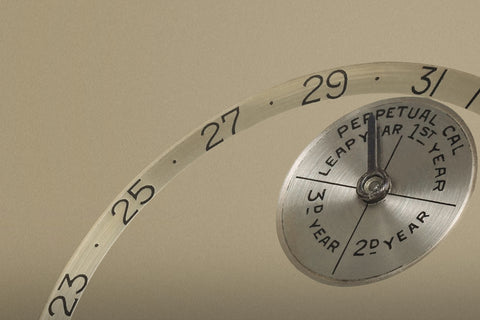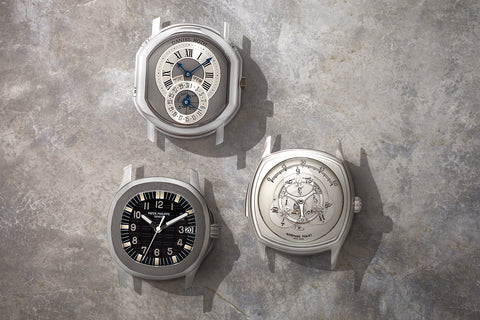First launched in 1983, the Vacheron Constantin ref. 43031 was one of the pieces which helped renew the interest in complicated watchmaking, following the decimation caused by the Quartz Crisis. Alongside similar pieces from Audemars Piguet and Patek Philippe, it is one of the few ultra-thin, automatic perpetual calendars introduced during this period.
The Origin
Vacheron Constantin's tradition of complicated watchmaking stretches much further back. The manufacture was producing perpetual calendars as long ago as 1884, with some of them displaying similar design features to what you can find on their reference 43031, released in 1983. As Christian Selmoni, style and heritage director at Vacheron Constantin, points out: "We had been making calendar wristwatches since the 1930s, but we didn't make any perpetual calendar wristwatches until the 1980s." As such, the reference 43031 marked the first time that Vacheron Constantin put a perpetual calendar on the wrist, which is rather remarkable. It was also the first time in two decades that the manufacture has produced a calendar watch of any kind, having sold their last one in the early 1960s.




Building on the high-quality JLC 920 ébauche, Vacheron Constantin sought the help of complications specialist Dubois-Depraz for the perpetual calendar module. The result was the 1120 QP. The Vacheron Constantin uses a 48-month sub-dial, allowing the wearer to track what stage of the four-year cycle they're in. While this does compromise legibility, this approach is highly reminiscent of some vintage pocket watches from their archives, and it is also ultimately more precise.
According to Selmoni, the reference 43031 was produced between 1983 and 2006. Due to the complex process of tracking historical records, the manufacture is currently unable to give a firm number of how many were produced over the lifespan of the reference. However, they were able to confirm that production figures did vary quite significantly throughout that period, from around 20 to 100 pieces made per year. If we assume that annual production was always on the upper range, it means that Vacheron Constantin produced fewer than 2,300 of these perpetual calendars in 23 years. Rather surprisingly, this is almost three times less than Audemars Piguet or Patek Philippe ever produced of their own references.




























































































































































































































